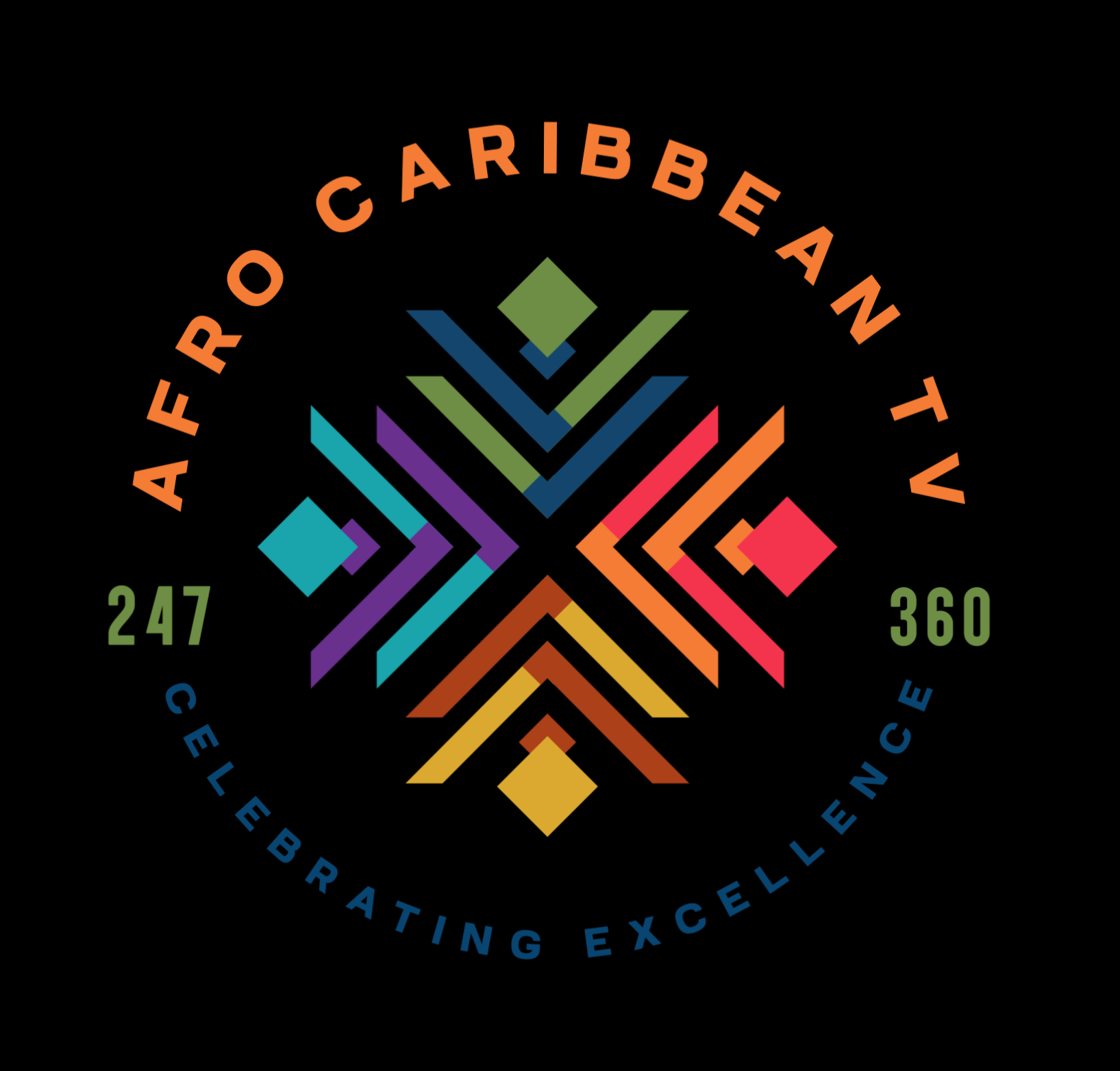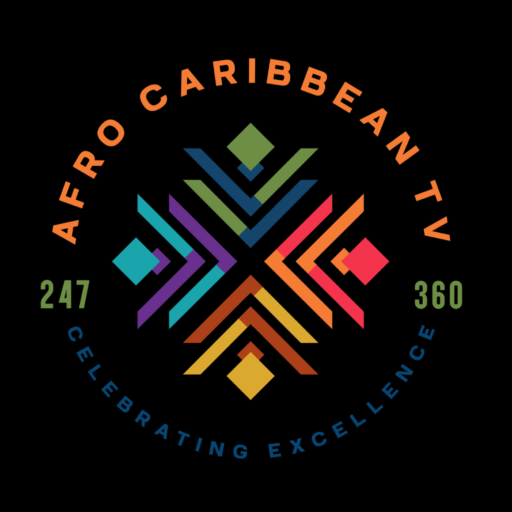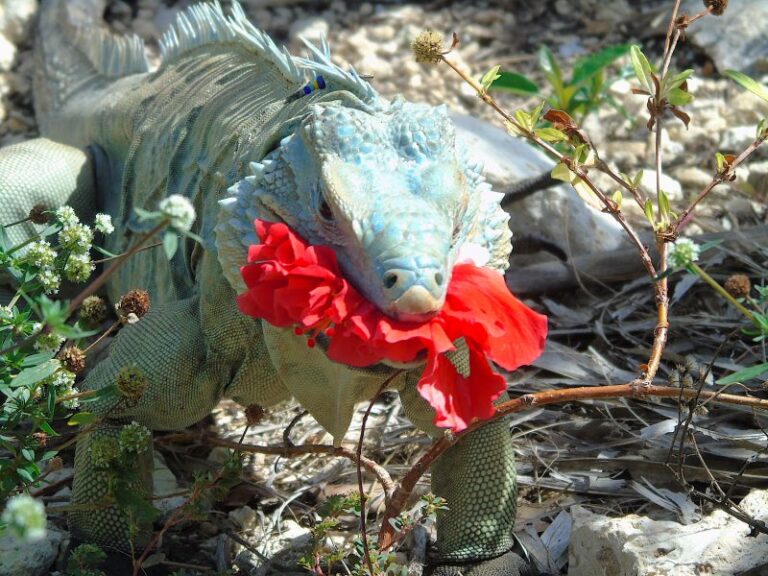Wildlife of the Cayman Islands
The Cayman Islands—comprising Grand Cayman, Cayman Brac, and Little Cayman—are home to a variety of unique and fascinating wildlife. Despite their small size, the islands boast rich terrestrial and marine biodiversity, much of which is found nowhere else in the world.
1. Birds
Birdwatching is a popular activity, especially on Cayman Brac and Little Cayman.
Common & Notable Birds:
| Species | Description |
|---|---|
| Grand Cayman Parrot | Bright green with red cheeks; endemic to Grand Cayman |
| Cayman Brac Parrot | Smaller subspecies; also endangered |
| Bananaquit | Small, yellow-bellied nectar feeder |
| Frigatebird (Man o’ War) | Large seabird with forked tail and inflatable throat sac |
| Red-footed Booby | Found in Booby Pond Nature Reserve, Little Cayman |
| White-crowned Pigeon | Tropical bird found in coastal forests |
| West Indian Whistling Duck | Rare and protected; prefers mangroves and wetlands |
2. Reptiles
The Cayman Islands are known for their reptiles, including some endemic species.
| Species | Description |
|---|---|
| Blue Iguana (Cyclura lewisi) | Endemic and critically endangered; Grand Cayman only |
| Green Iguana | Invasive; common but not native |
| Cayman Racer Snake | Harmless and native |
| Anoles | Small, tree-dwelling lizards |
| Red-footed Tortoise | Introduced species, often seen in gardens |
| Geckos | Various native and introduced species |
3. Sea Turtles
Historically important and now protected, sea turtles are a big part of Caymanian wildlife and culture.
| Species | Notes |
|---|---|
| Green Sea Turtle | Most common; farmed and released at Turtle Centre |
| Hawksbill Turtle | Spotted in coral reefs; endangered |
| Loggerhead Turtle | Larger; comes ashore to nest at night |
| Cayman Turtle Centre | Breeding, conservation, and education facility |
4. Marine Wildlife
The surrounding Caribbean Sea supports rich ocean biodiversity:
- Stingrays (Southern and Whiptail) – Famous at Stingray City
- Dolphins – Seen in the wild or at Dolphin Discovery
- Reef Sharks & Nurse Sharks – Common in deep reef areas
- Spiny Lobsters, Octopus, and Moray Eels – Hidden in coral caves
- Coral species, sea fans, and sponges
5. Mammals
Native land mammals are rare, but a few species exist.
| Species | Details |
|---|---|
| Bats (Fruit & Insectivorous) | Only native land mammals; essential for pollination |
| Agoutis & Rabbits | Introduced; not widespread |
| Feral Cats and Dogs | Common, often considered a conservation threat |
6. Insects & Others
- Butterflies – Like the Gulf Fritillary and Zebra Longwing
- Hermit crabs and land crabs – Common in coastal areas
- Scorpions – Present but rarely dangerous
- Mosquitoes – Controlled using aerial spraying and gene-based methods
7. Nature Reserves & Wildlife Sanctuaries
The islands have protected areas to conserve biodiversity:
- Queen Elizabeth II Botanic Park (Grand Cayman): Home to the Blue Iguana
- Booby Pond Nature Reserve (Little Cayman): Largest nesting colony of red-footed boobies in the Western Hemisphere
- Mastic Trail Reserve: A preserved old-growth forest with native birds and reptiles
- Brac Parrot Reserve (Cayman Brac): Protected habitat for the endangered Cayman Brac parrot
8. Conservation Efforts
- Blue Iguana Recovery Program
- Department of Environment (DoE) handles:
- Wildlife protection laws
- Marine park regulations
- Conservation of endangered species
- Turtle-friendly beach lighting laws help reduce hatchling deaths
Summary Table
| Wildlife Group | Notable Species |
|---|---|
| Birds | Cayman parrots, red-footed boobies, whistling ducks |
| Reptiles | Blue iguanas, Cayman racer snakes, anoles |
| Marine Life | Sea turtles, stingrays, dolphins, coral reef fish |
| Mammals | Bats (only native), feral cats, rabbits |
| Insects | Butterflies, crabs, mosquitoes |
| Protected Areas | Botanic Park, Booby Pond, Mastic Trail |



